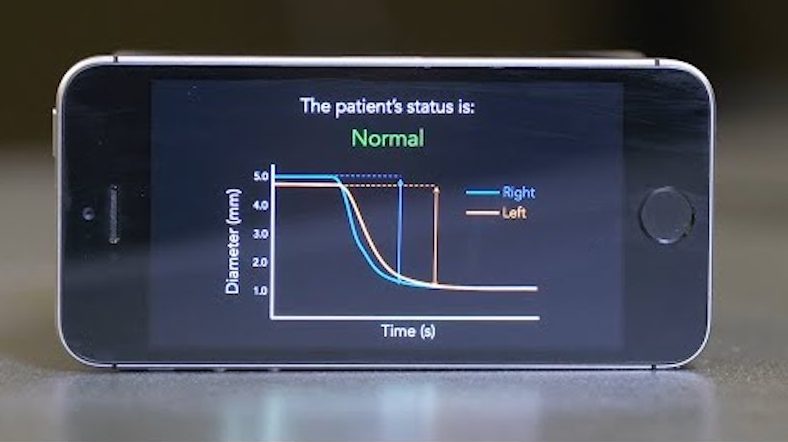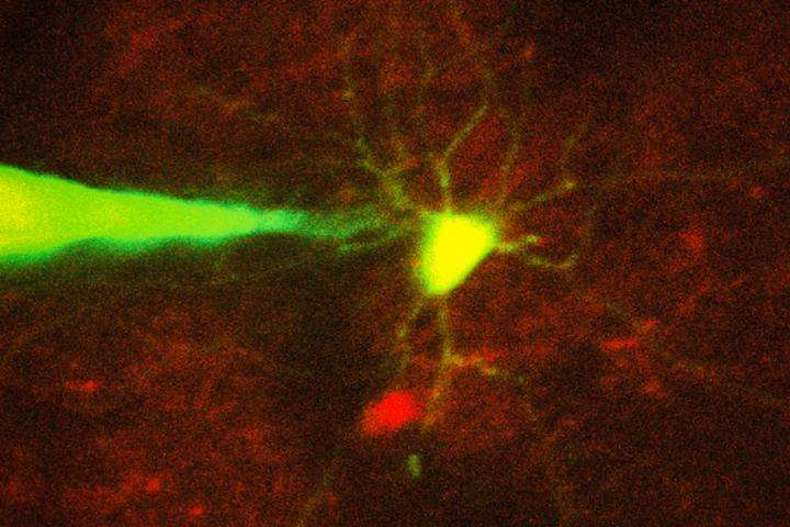Mory Gharib and Caltech colleagues have developed an app which uses a phone camera to monitor heart health. When held to the neck, it infers the left ventricular ejection fraction of the heart by measuring...
Yearly Archives: 2017
Exoskeleton builds muscle capacity, improves posture in cerebral palsy
Thomas Bulea and NIH colleagues have developed a robotic exoskeleton for children with cerebral palsy. “Crouch gait,” where a person walks with a perpetual bend in their knees, is a hallmark of the disease....
Phone camera + machine learning detect concussion
Shwetak Patel and UW colleagues have developed PupilScreen, an app that uses a phone’s camera to detect concussion from the pupil. The phone’s video camera and flash check the eye for its pupillary light...
Robotic, in-vivo neuron recording
Ed Boyden and MIT colleagues have developed a robotic system capable of monitoring specific neurons. An algorithm based on multiple image processing methods analyzes microscope images and guides a robotic arm to within 25...
Google incorporates depression screening in search
Google has introduced a new depression screening feature. When the word “depression” is used in search, mobile users are offered a PHQ-9 questionnaire, which recognizes symptoms. A “Knowledge Panel” containing information and potential treatments appears...
Retina scan + curcumin for early Alzheimer’s detection
In a recent study, Maya Koronyo-Hamaoui and Keith Black at Cedars-Sinai used a retina scan to detect amyloid-beta deposits, a predictor of Alzheimer’s disease, up to 20 years before symptoms. 16 Alzheimer’s patients drank...
Machine learning for early Alzheimer’s diagnosis
Anant Madabhushi and Case Western colleagues have used machine learning to diagnose Alzheimer’s disease via imaging data in a small study. The goal is early intervention, which could potentially extend independence. 149 patients were...
fMRI + EEG used to detect consciousness in ICU patients
MGH’s Brian Edlow and colleagues have completed a small study showing the efficacy of using fMRI and EEG in ICU TBI patients to detect consciousness. Previous research has suggested that up to 40% of conscious...
Apple patents multi-parameter, phone-based health tracking
Apple has been granted a patent for phone technology using a front-facing camera and light, proximity, and multiple sensors to measure body fat, heart rate, circulation, blood pressure, and breathing, as well as emotional state via...
Single blood draw detects 1250 pathogens from cell-free DNA
Karius‘s next-generation sequencing detects fragments of 1250 microbes from a single blood draw. Identifying microbial cell-free DNA from bacteria, viruses, fungi and protozoa can facilitate the rapid diagnosis of infectious disease. Current diagnostics only...









